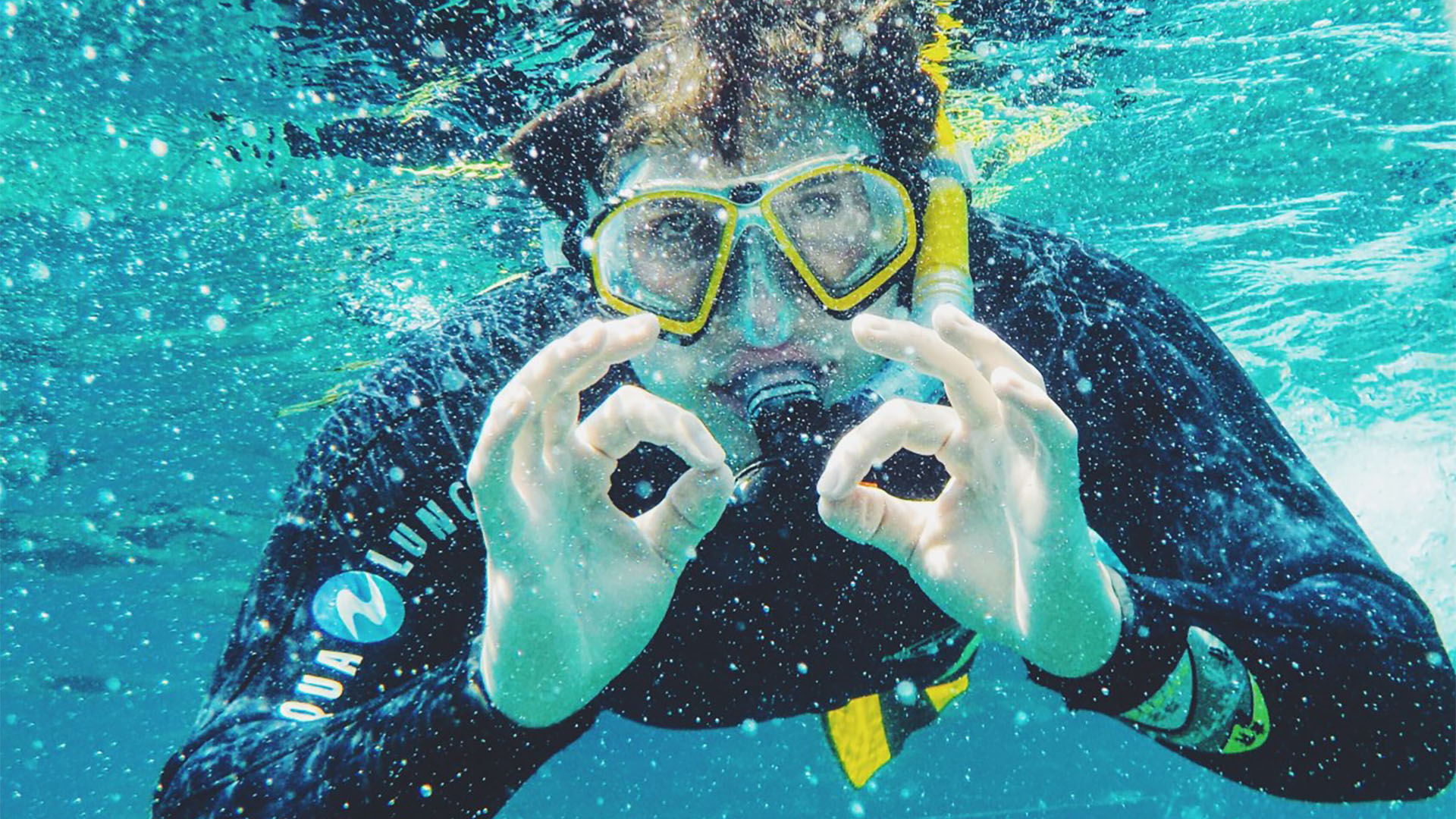Deep Waters Of Health
Life in air, land and sea has always attracted attention and researched. The soaring of an eagle has inspired many technologies. The shooting accessories are the starting point of the chicken moving by keeping its head at the same point. The sounds and meanings of whales are still being studied. The depths of the sea are still a mystery in the land and sea life.
.jpg)
Diving continues to be attractive to dive deep. Swimming with a flippers and a mask in the summer, examining the sea life, which is a few meters away, and buying a few colorful stones, is a favorite activity for everyone. Scuba diving, spending time in a little deeper, examining a wreck, touching it may sound scary for some, but it is an indispensable passion for its regulars. Although it may seem like the job of professionals to go deeper with underwater vehicles, make researches, make a repair, be useful for humanity or shed light on the future, it is almost impossible to do these jobs if you do not like the sea.
With a design other than the usual masks and snorkels, not so many years ago, full-face swimming masks entered our lives and became popular in an instant. Its different and colorful designs allowed us to travel on cool beaches like astronauts and allowed us to dive a few meters under water much more enjoyable. Italian engineers decided to use this cool device of the sea and this cool mystery of the sea in the pandemic and with an innovation in masks, they turned their diving masks into fans.
.jpg)
Italian hospitals, which started to use plastic masks as fans with simple assembly changes, gained a little more strength. With hospitals around the world needing as much assistance as possible in combating coronavirus, two Italian engineers have created an ingenious solution to ventilator shortage. Cristian Fracassi and Alessandro Romaioli work in Isinnova, a start-up engineering consulting firm in the Italian city of Brescia. As the number of cases increased across the country, the couple heard that there were not enough valves for ventilator machines in their local hospital and took action. They had never built such equipment before, but they wanted to help. Unfortunately, the company responsible for the valves could not meet the growing demand during the COVID-19 outbreak. Isinnova is a company that is in its infancy and they usually make earthquake sensors, silicone bandages, bicycles, ie practical stuff. They visited the hospital and looked at the valve in question, examined the chess-like mechanism that connected the patient to the breathing machine, mixed pure oxygen with the air entering through a rectangular window, and experienced that it had to be changed for each patient.
Fracassi and Romaioli explained in an article for The New York Times: We went back to our office and started working on adrenaline. Our first few attempts were not successful, but we eventually made four copies of the prototype on a small 3D printer in our office. Although the valve may look like a simple piece of plastic, it is quite complex; The diameter of the oxygen-emitting hole is less than one millimeter. The next day we returned to the hospital and gave a doctor who tested our valves. They worked and asked for 100 more. So we went back to the office and made another 100. We were hoping this would take a few days. Still, the coronavirus persists. Several hospitals in northern Italy asked us to copy the same piece. Now we print them. While the duo appreciated that people would be meticulous about the features of their 3D models, we also experienced that different ventilators have varying valve requirements. This sparked a second idea: we replaced an already on the market snorkeling mask to create a ventilated mask for hospitals that needed additional equipment, which was successful when the hospital tested it on a patient in need.
Engineers' thinking on the crisis is brilliant, and their passion for product development is admirable. As many people have said, good will save the world.



